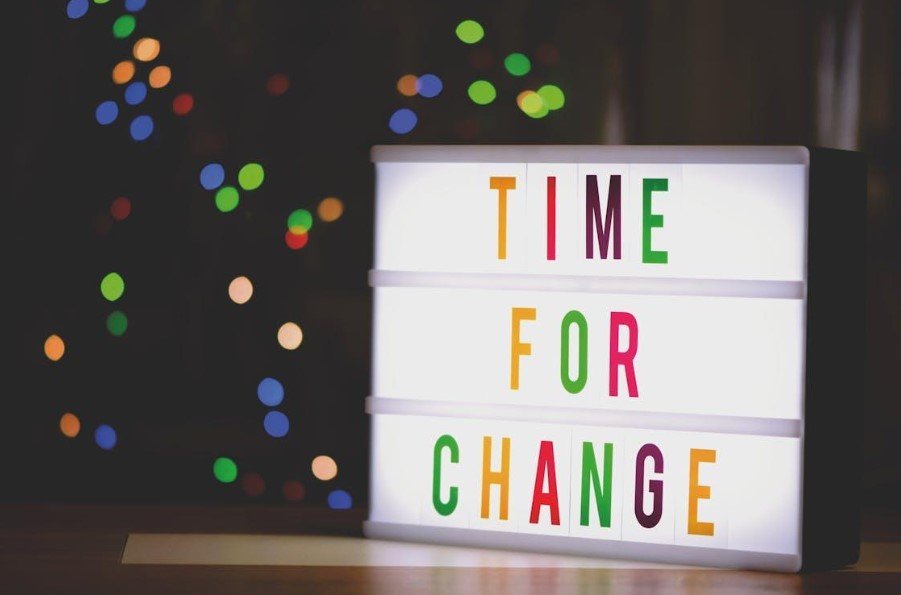User experience is no longer a luxury or a secondary concern – it has become a priority for many businesses in a wide variety of industries. As digital ecosystems become increasingly complex and users demand more personalized, ethical, and seamless interactions, UX design is entering a new phase.
The UX trends of 2025 point toward a dramatic transformation that impacts not just how we design interfaces but also how we build products, services, and business models.
So, how can companies future-proof themselves for what’s coming? And more importantly, how can they turn UX into a strategic asset rather than a quick fix to keep up with evolving trends?
Understanding UX trends in 2025: a glimpse into the future
The UX trends of 2025 aren’t just design fads: they’re responses to deep, structural changes in how people use technology. Driven by AI, big data, and shifting user expectations, these trends reveal a future where user experiences are more intuitive, responsible, and context-aware.
Here are some of the key UX trends businesses need to understand:
1. Predictive and anticipatory UX design
Thanks to advancements in machine learning and behavioral analytics, systems are becoming more capable of predicting what users need before they act. For instance, a travel app might suggest personalized itineraries based on past behavior, preferences, and real-time location—all without being asked. This shift from reactive to proactive UX design is a game-changer trend.
2. Voice, gesture, and multimodal interfaces as part of UX trends
Screens are no longer the sole medium for interaction. In 2025, users expect to communicate with devices using natural language, gestures, facial expressions, and even biometric signals. Multimodal UX means designing for seamless transitions across voice assistants, wearables, AR/VR interfaces, and more.
3. Hyper-personalization through real-time data
Users expect brands to understand their context, intent, and preferences. Hyper-personalization as a UX trend goes beyond greeting a user by name—it’s about dynamically tailoring content, layout, and functionality to the individual. This requires real-time data analysis and a UX strategy that supports modular, flexible interfaces.
4. Sustainable and ethical UX trends
In 2025, ethical concerns are top of mind for users and regulators alike. UX designers are now accountable for creating accessible, inclusive, and environmentally responsible user experiences. Whether it’s reducing dark patterns, minimizing digital carbon footprints, or supporting neurodiverse users, sustainable UX design is no longer optional.
5. AI-powered UX design systems
Automation and AI are becoming core tools for UX professionals. From generating wireframes to conducting usability tests, AI is streamlining workflows and enabling faster, data-driven iterations. However, this also means that human designers must focus more on strategy, empathy, and storytelling. For more information on the subject, you should read this article about 10 UX trends shaping the future of design in 2025.
Preparing for the future of UX design: what should businesses do?
Understanding UX trends is the first step—acting on them is what sets innovators apart. The future of UX design demands a proactive, organization-wide approach that goes beyond surface-level updates.
Here’s how businesses can begin preparing:
Rethink UX design as a business strategy
Businesses must stop viewing UX as a post-development step. Instead, UX should be embedded from the earliest phases of product planning. This includes involving UX designers in strategic decisions and ensuring that user insights shape both product features and business goals.
Break down silos
To deliver on the promise of seamless, personalized experiences, organizations must foster cross-functional collaboration. Design, development, marketing, data science, and customer support should operate as an integrated team. Shared KPIs and user-focused objectives help align everyone around a common goal.
Implement continuous UX research
Rather than relying on one-off usability tests, companies should build feedback loops into the UX design process. Desirability studies, A/B testing, journey mapping, and ethnographic research can uncover hidden user motivations and pain points. This is especially important when designing for complex or diverse audiences.
Key trends to watch in 2025 for your UX strategy
Forward-thinking companies like Airbnb, Apple, and Revolut have proven that when UX is a core business focus, innovation and user love follow. If you’re looking to align your company’s UX with emerging trends, here are some key focus areas:
1. Contextual and emotional design
Users don’t interact with technology in a vacuum. UX needs to account for their emotional state, physical environment, and psychological needs. In 2025, we’ll see more interfaces that adjust based on user emotion or stress levels, powered by biometric inputs or subtle behavioral cues.
2. Zero UI and invisible interfaces
Interfaces that “disappear” into the background—using automation, ambient computing, and AI—are gaining traction. Think of smart homes that adjust lighting, temperature, or music based on habit, without user input. However, designing for Zero UI will require rethinking interaction models from the ground up.
3. Designing for accessibility by default
With new legal and ethical frameworks emerging globally, accessibility is no longer just a best practice—it’s a requirement. Businesses that bake accessibility into every stage of UX design not only reach more users but also demonstrate corporate responsibility.

